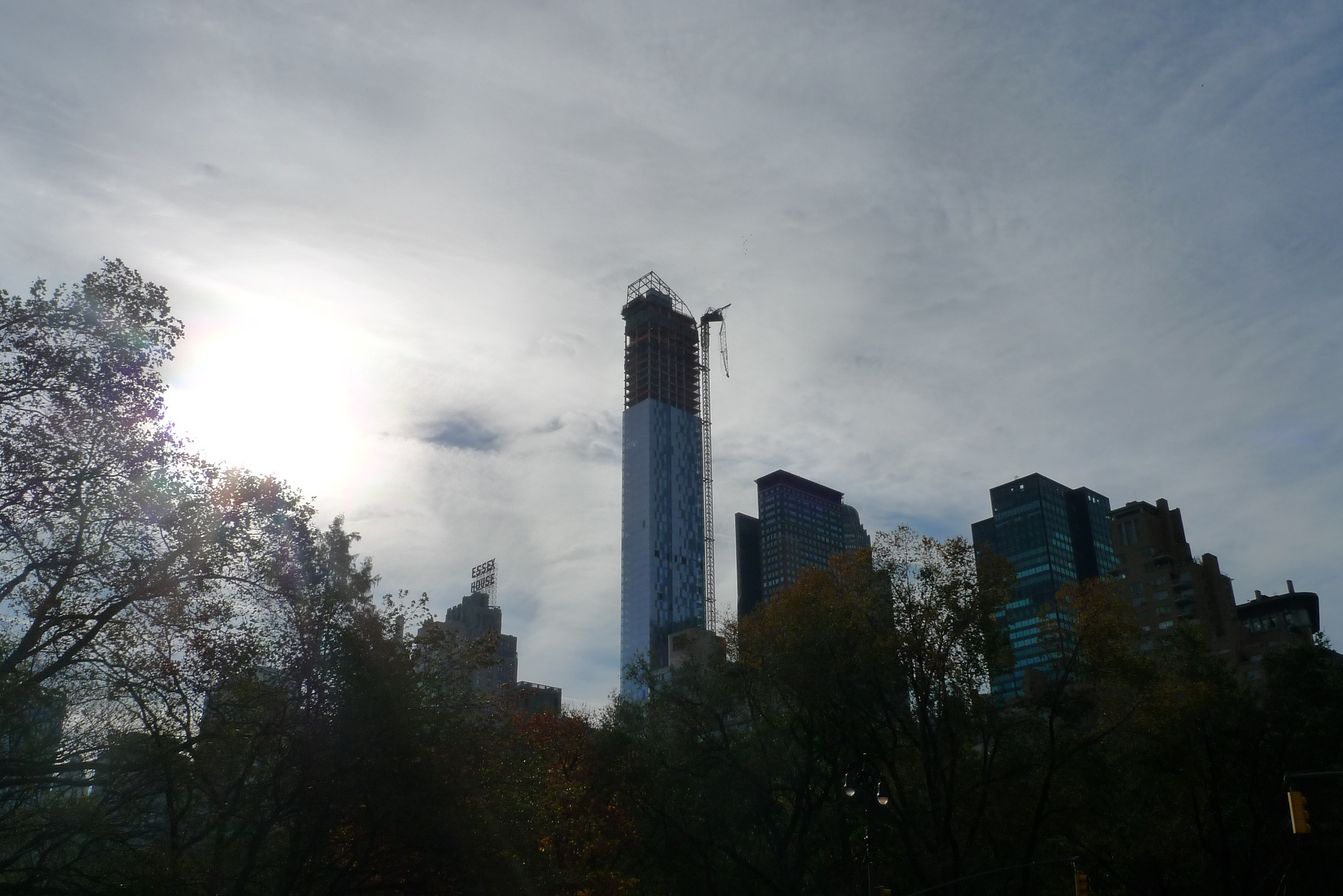This is the final article in a three-part series on height restrictions and zoning designed to limit density. Click here to view part one and here for part two.
The previous articles in this series looked at the issues associated with height restrictions and restrictive zoning, specifically the role such restrictions can play in making cities unaffordable. They acknowledged it is difficult to support height restrictions when they are viewed through a solely economic lens, but it is important to remember that quality of life and desirable cities are determined by more than simple economics.
American Public Media’s Marketplace explored the complicated debate often associated with height and development in a feature on new construction in New York City. It focused on the anticipated development of several new luxury towers, many just blocks from the city’s famed Central Park, including a building promised to be the tallest residential tower in the country when completed. This is great news for the city, which is reported to make approximately $15 in taxes for every new square foot of developed space, but it has also caused concern in the community.
Community advocates have complained that existing residents won’t be able to review the construction plans before the building is completed and the non-profit Environmental Simulation Center has suggested the building’s shadow will “stretch nearly half a mile – as far as the ice skating rink in Central Park. Potentially more importantly to cold-weather park-goers, those shadows will linger.” The proposed development has reinvigorated a classic planning debate: when are things like light and land a public resource and when are they simply commodities available to the highest bidder?
The conversation on new development in New York City also underscores a point that is often overlooked by opponents of height restrictions and restrictive zoning initiatives. The removal of restrictions is often cited as a way for cities to ensure affordable housing by allowing the market to freely fill demand, but it is “unlikely the new buildings near Central Park will offer up affordable housing options for many New Yorkers.” On the contrary, these new developments will likely provide wonderful views for extremely wealthy residents, while diminishing the experience of those in Central Park. General height restrictions may be too restrictive, but unregulated development can have equally negative effects on the public good and quality of life in a city.
A good example of a place attempting to increase density in a responsible way is Austin, Texas. Emily Badger interviewed Jim Robertson, one of the project managers for Austin’s Bonus Density Program, for her article in The Atlantic Cities on efforts to reconcile the city’s “high priority on becoming compact and dense and tall and vibrant,” with its understanding that “some restrictions are appropriate.” Robertson noted only “two significant downtown office buildings have gone up over the last 10 to 12 years,” but there have been “about 10 residential buildings” constructed during the same period. This new construction encouraged 6,000 new residents to move downtown and the continued demand for space is challenging the city’s zoning limits for the first time.
Austin doesn’t have a specific height limit a la Paris, France or Washington, DC. Construction in its downtown, however, is limited by a floor area ratio of 8:1. In other words, a building on an entire parcel of land can be eight stories tall and a building that only takes up a half parcel can be 16 stories. The city council has the power to grant exceptions to this rule, which is where the Bonus Density Program comes into play. Traditionally, developers would approach the city council and negotiate the terms of an exception for each individual development. The Bonus Density Program is designed to bring consistency to the exception process and to ensure that projects granted an exception dedicate half of the additional space allowed to affordable housing. It also encourages new developments that include community benefits.
The Austin Chronicle reported developers can fulfill the requirements of the Bonus Density Program by including affordable housing as at least 50 percent of the additional space granted or by providing a payment to the city’s Housing Trust Fund to ensure resources for the city’s poor and chronically homeless. Developers can also earn additional space by agreeing to provide community resources such as parks downtown, child and elder care facilities, or cultural venues. Robertson suggests the Bonus Density Program helps developers navigate the exception process while also helping ease concerns that denser development will result in unforeseen costs, like increased strain on city services, higher real estate prices and the possibility of lost sunlight.
The Downtown Austin Plan is a great example of how a city can accommodate increasing demand for space without sacrificing the public resources and unique identity that contributed to its success. The reality is a successful city will encourage increased demand, which will increase the cost of real estate and the need to build upward. It is also true that there are many benefits associated with density, socially, economically and environmentally. Austin recognizes the need to make it easier for its downtown to grow taller. To compliment that, their downtown plan also advocates for new parks, additional support services for the city’s homeless, protection for local businesses at risk of being priced out by national chains and efforts to secure the city’s noted live music scene and its historic architecture. It isn’t just a plan for growth; it is an inclusive community vision. It is also worth a look by other cities working to balance demand for space with a need to protect the public good.


